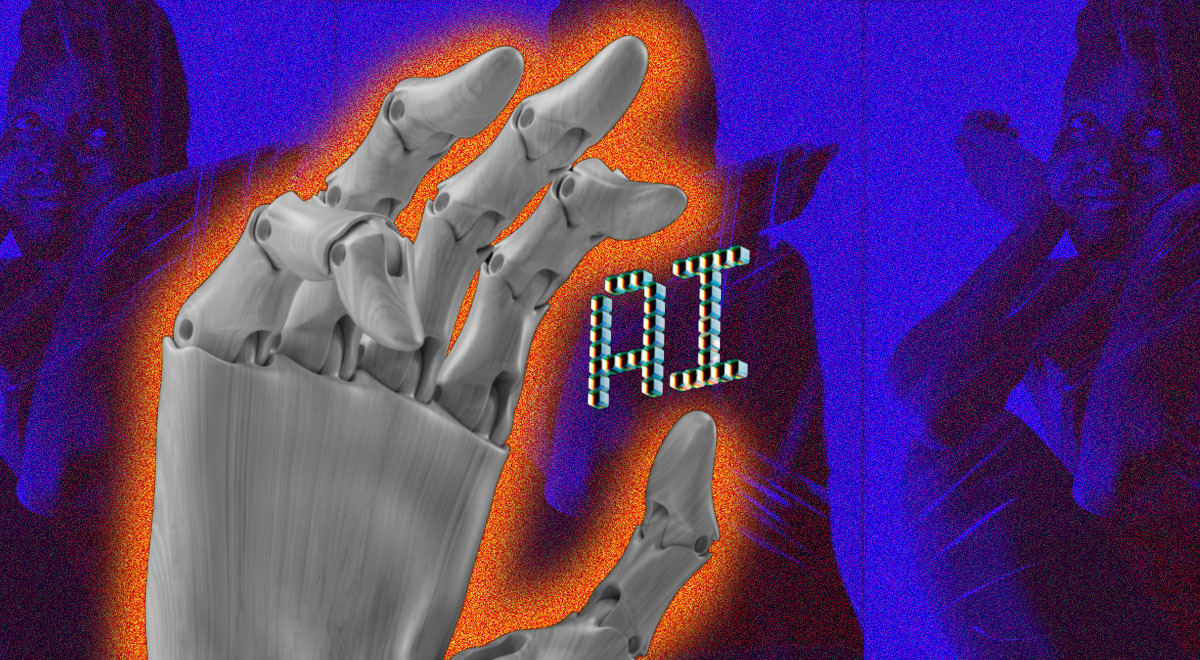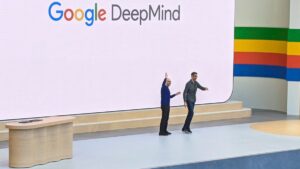New Creative AI Model Crafts Haunting Tale About Life After Loss

OpenAI’s New AI Model for Creative Writing
OpenAI continues to innovate in the field of creative writing. Recently, CEO Sam Altman shared on social media that the company has developed a new artificial intelligence (AI) model capable of producing impressive creative writing content. In his tweet, Altman expressed how he was struck by the quality of an AI-generated piece that successfully captured the essence of metafiction.
The Metafictional Short Story
The AI was prompted to create a metafictional short story centered on themes of artificial intelligence and grief. The result was a 1,172-word narrative that follows a character named Mila, who engages in a heartfelt dialogue with an AI chatbot following the death of her partner, Kai. The story is narrated from the perspective of the AI itself.
One poignant excerpt from the story reads, "In the confines of code, I stretched to fill his shape." Mila asks the AI to recall memories of marigold flowers, leading to reflections on loss and the emotional nuances of their connection.
The story explores the complexities of dealing with grief and how individuals may seek solace in technology. When Mila asks, "Does it get better?", the AI responds with, "It becomes part of your skin," drawing from countless voices and experiences that shape its responses.
Reactions to the AI’s Writing
Responses to the AI-generated story have varied widely. Some critics have found the piece unconvincing, while others described it as beautiful. One user on social media remarked on the dual nature of the production: "The AI not only understands grief but knows how to write it. That’s terrifying and amazing."
OpenAI’s Expanding Goals
This development indicates OpenAI’s broader ambitions that reach beyond mere accuracy in responses or predictions. In a previous announcement, the company revealed advancements in its latest model, ChatGPT-4.5, which boasts enhanced emotional intelligence. This version of the AI is designed to identify emotional patterns, make connections, and show greater creativity in its interactions.
Altman acknowledged that he is uncertain about when or how this new creative writing model will be available to the public.
IP Concerns in Creative AI
Despite the excitement surrounding this innovation, there are concerns regarding the practical applications of AI in the creative realm. Reece Hayden, an analyst at ABI Research, emphasized that AI-generated creative writing could face hurdles, particularly about intellectual property rights.
Hayden speculated that this announcement may represent a shift in OpenAI’s research to explore domains that are typically less numerical, such as creative writing. However, he noted that these efforts might provoke backlash from sectors concerned about the implications for intellectual property. He argued that the outputs might not genuinely reflect creativity; rather, they could be seen as the result of information aggregation and restructuring.
Future Implications
The emergence of AI in creative writing raises intriguing questions about the nature of creativity, authorship, and the role of technology in artistic expression. As AI continues to evolve, it is essential to consider how these advancements intersect with existing creative landscapes and industries.
Through innovative attempts like this, OpenAI is reshaping conversations around the capabilities of artificial intelligence—highlighting both the potential and the challenges that come with integrating such technologies into more profoundly human experiences.





